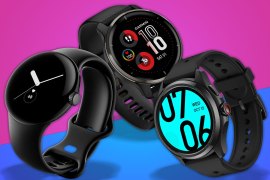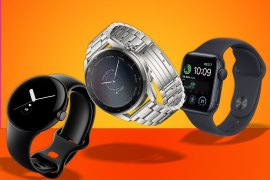Smart scales compared: does extra cash equal more accurate numbers?
Do extra features result in weigh better information?

When it comes to keeping tabs on your fitness, a set of scales is a pretty familiar place to start. Whether you’re new to pounding the pavement or an ex-Muscle Beach regular, tracking your stats provides some valuable data. Or, at the very least, it should be easy.
Look online or on the shelves, and you’ll find dozens of smart scales to pick from. Each touts a clever feature to give you even more data. But with each bullet point on the box comes a hike in the price. Do these extra features really provide more accurate data? There’s only one way to find out. By hopping on a bunch of scales, of course!
To make things fair, out of the three scales we’re looking at, two are from the same brand – Withings. Since smart scales use different algorithms, comparing different brands would only confuse things. We’ll be standing on a bog-standard Salter Analyser scale from the supermarket, the mid-tier Withings Body+, and the uber-premium Withings Body Scan. Let’s compare the scales to see if extra smarts deliver better results.
Heavy on experience: comparing the features
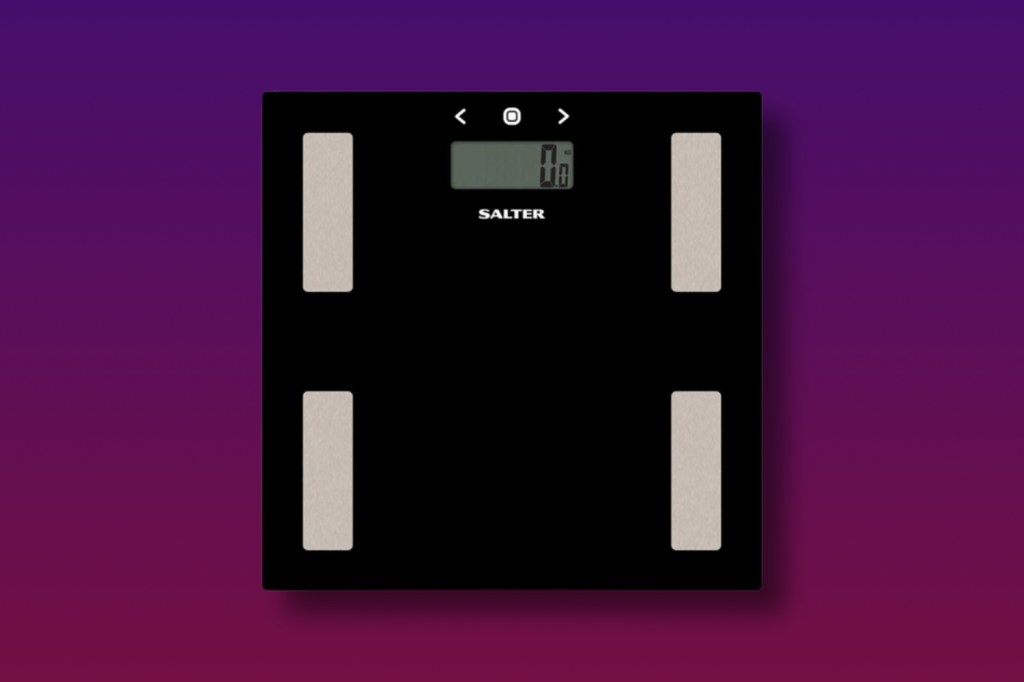
Salter’s offering is pretty bare-bones compared to the others – it gets the job done, but without any extra features. It’ll show you your weight, body fat percentage, water weight, and BMI. You can set up profiles using buttons at the top and change the units, but that’s more or less it. A traditional, non-offensive scale that’ll slot nicely into your bathroom.
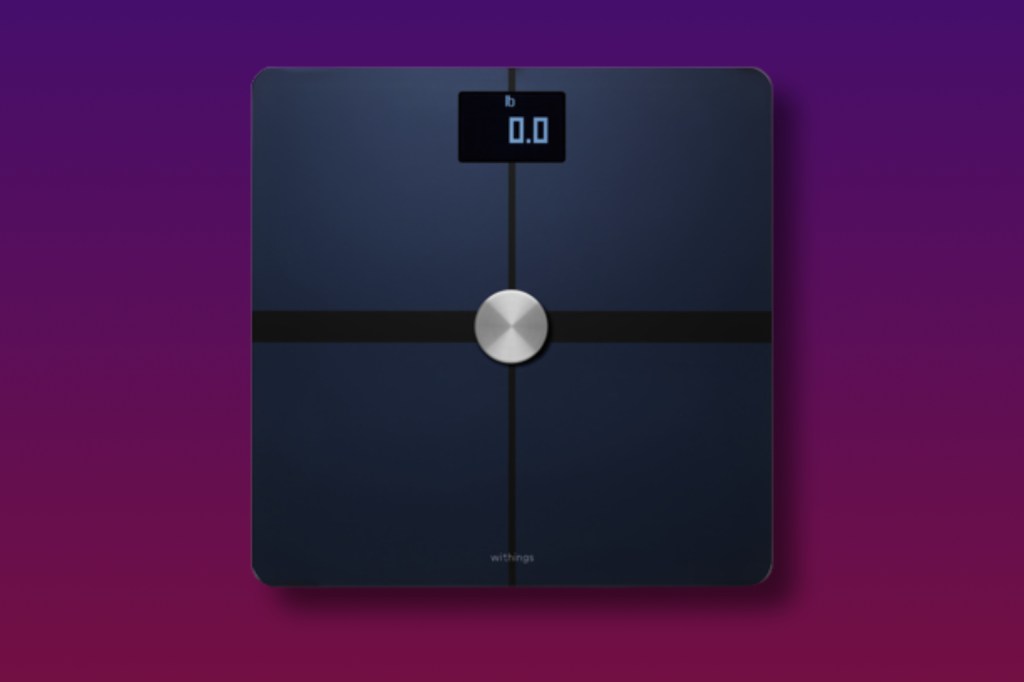
Taking things up a notch is Withings’ mid-range Body+ scale. It offers a bunch of extra features, but doesn’t pull out all the stops quite yet. Like Salter’s scale, you’ll get your weight, body fat percentage, muscle mass, bone mass, water weight, and BMI. But Withings’ set syncs this all directly to its app over Wi-Fi, which integrates with Google Fit and Apple Health. In the companion app, you can view graphs and trends to view extra insights. And as a nice little touch, the scale can even show you the weather. Cloudy with a chance of thighs.

And leading the pack is the Withings Body Scan – this thing’s like a mini check-up compared to the others. In addition to the same weight and mass percentages, the Body Scan can take your heart rate, run an ECG, and check your nerve health. There’s also an additional bar for you to hold for more accurate calculations of all the numbers. On top of all this, there’s a full colour display that can show you mini graphs (and the weather again) so you don’t need to open the app. Oh, and it still syncs everything over Wi-Fi.
So as you can see, there’s quite a bit of difference between each of the scales. Who knew you could pack so much into a square that you stand on? Ignoring all the little cherries on top, all of these scales have the same core measurements: your weight and body mass percentages. They’re the measurements we’ll be taking a look at.
Stand and try not to shiver: using the scales
Using a set of scales is pretty simple business, right? You just hop onto them, just like stepping anywhere else on the floor. That’s very much the case for Salter’s not-quite-as-smart offering, but things are a little more tricky for the Withings scales.
Setting up the Withings scales requires some app work. You need to pair to each of the scales with the app over Bluetooth, which there is a handy guide for. You’ll then need to hook them up to your Wi-Fi network so that they can send data back by themselves. If this is your first Withings gadget, you’ll also need to enter some other details about yourself – height, weight, the usual. You can sync this stuff in from Apple Health or Google Fit.

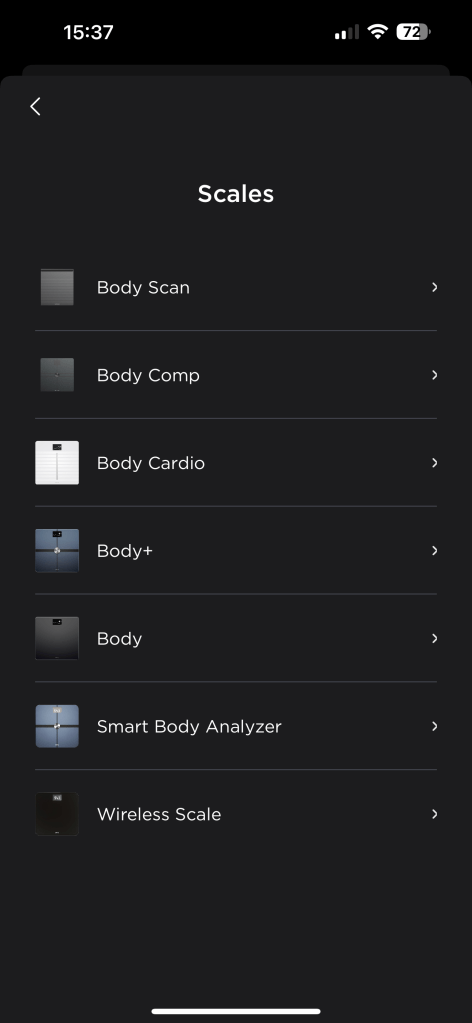
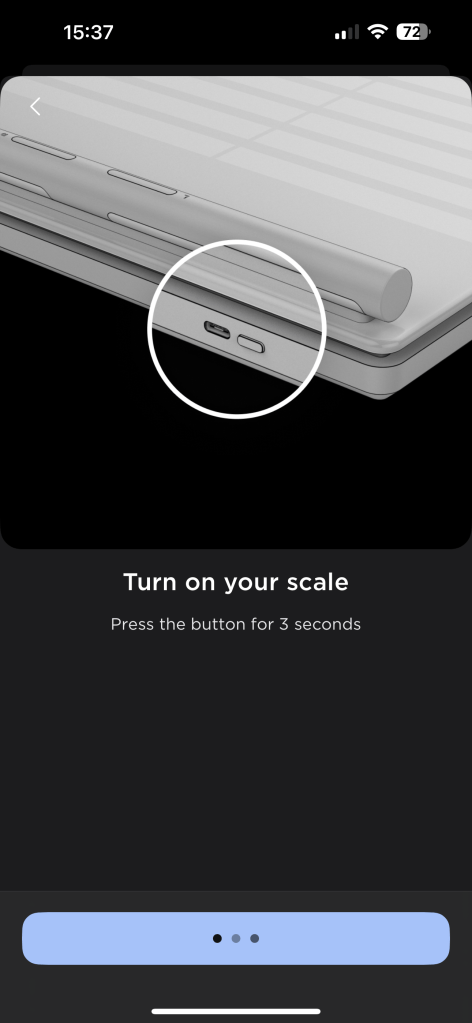
After set-up, using the Withings scales is super easy. At this point, you can simply step on. After your measurements have been taken, the scale will automatically sync it over Wi-Fi. It’s fast, too – you can check your app right after stepping off. The Body Scan scale is easy enough to get to grips with, thanks to haptic vibrations. Don’t let the bar scare you away, you just need to keep a hold of it while the scale does its thing.
Scale, scale on the floor; which is fairest of them all?
It’s crunch time – looking at all the numbers from the scales. To try to make things fair, we took multiple readings over the course of three days. These were at the same time each day (7:20am), right after waking up, right after using the bathroom, and right before eating or drinking anything. Aren’t we good little guinea pigs?
On the Salter Analyser scale, my average weight was 86.6kg with a 17.4% body fat percentage. The Withings Body + reported a 86.5kg weight, with 17.6% body fat and 68.3kg of muscle mass. And the Withings Body Scan was a little different with a weight of 86.3kg, a body fat of 15.1% and a muscle mass of 69.8kg. There’s some variation between the scales, but things look pretty stable across the board. We’ve excluded water weight and bone mass measurements, as these remained the same.
So, how do we work out which is more accurate? We used a set of traditional calipers and one of the body fat index machines inside a local health centre. The calipers touted a 15.8% body fat, while the machine came back with 16.1%. Both measurements are somewhere between the scales, but stick closest to the Withings Body Scan. Note that these two methods are also indicative. It’s extremely difficult to work out a truly accurate percentage without some serious scanning machinery or an autopsy. And I don’t quite fancy an autopsy. Calipers and these machines are relied on for check-ups, so are a pretty comfortable control.
Splash out the cash if you need extra data: the verdict
From our data, it would seem that the Withings Body Scan is the most accurate for measurements. They’re the most expensive set, so perhaps the extra cash does produce more accurate results. It’s somewhat expected with the extra machinery to measure, but its reassuring to see the tech do its job.
However, do you need to spend the extra for a smaller degree of accuracy? That perhaps comes down to personal circumstances. The cheaper scales were still within some degrees of accuracy, which will work nicely for the everyday person. You probably only really need to worry about the extra percentage points if you’re more serious about these measurements. And it’s nice to know that you can if you need to.
